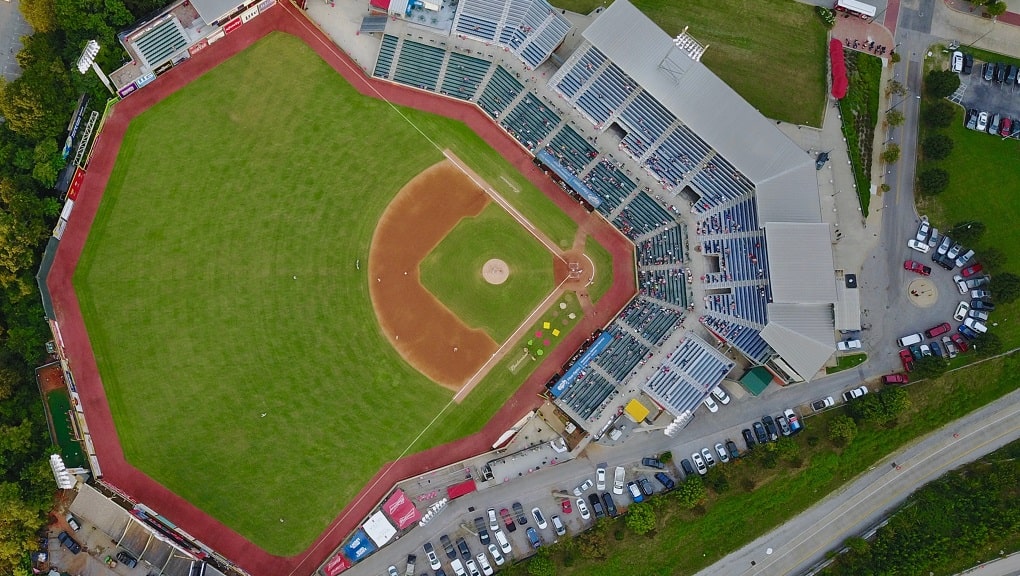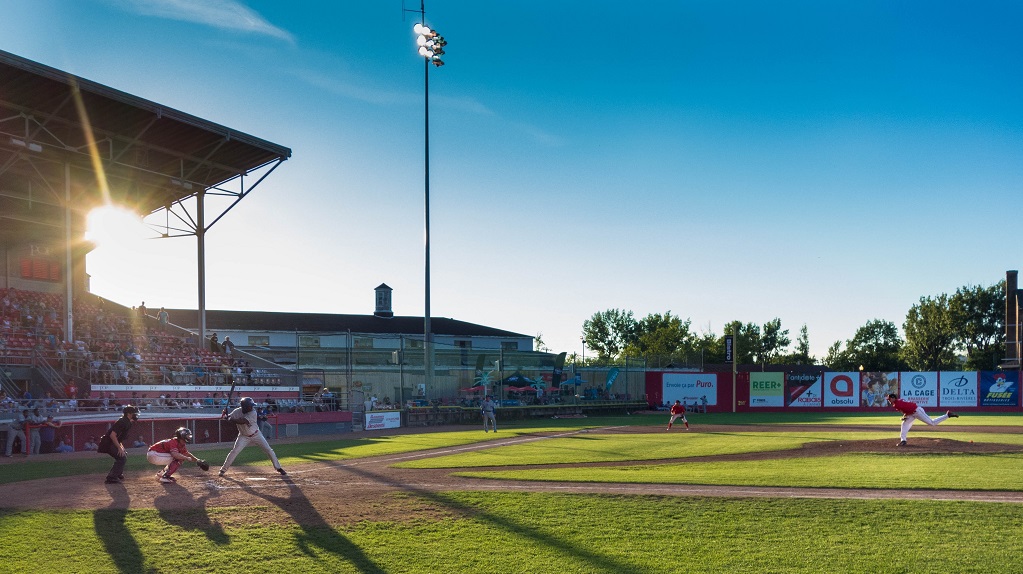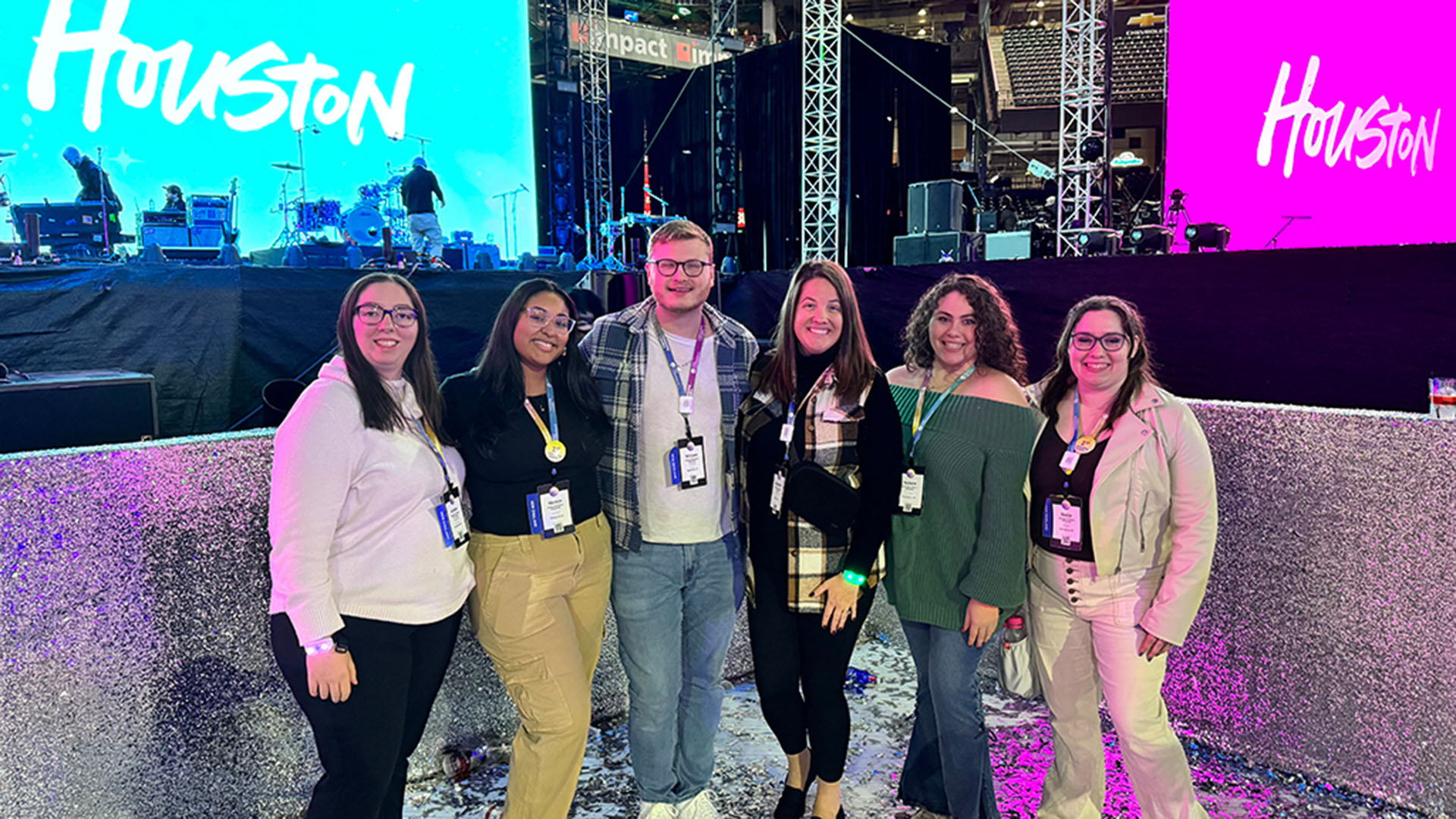Play Ball ... or Hardball?
William Klika is an associate professor in the department of Sports, Entertainment, Event — Management at Johnson & Wales University. His Ph.D. is in Sport Leadership and his areas of specialization include sport management, sport business and economics, global sport, sports sociology and athletic administration.
Like all professional sports leagues, Major League Baseball (MLB) was hit hard by the COVID-19 pandemic. In fact, according to Bloomberg News, professional baseball organizations lost $7.7 billion, double what the National Football League (NFL) suffered and nearly seven times that of the National Basketball Association (NBA).
Why was the impact to the MLB so incredibly devastating?
Timing, for one. While the NBA's season was nearly complete in spring 2020, the MLB season was just ramping up. The league ultimately completed a shortened season in 2020 (60 game season vs. the traditional 162 games). Most of those games were played in empty stadia until the post-season when a reduced amount of fans were let in. Financial losses to those clubs were steep — the New York Yankees alone lost about $437 million in revenue due to lack of traditional home games — but at least major league clubs were helped by the various media deals to broadcast the games.

Minor Leagues Suffer Major Losses
Even casual baseball fans missed out on most of the 2020 season, but the impact on the professional aspect of the sport went far deeper — to the minor leagues, the unique player-development system that differentiates baseball from the other professional leagues. The news was grim, as there was no minor league baseball played at all in 2020!
From Low-A to Triple-A, there are many levels of minor league baseball played across the country, but they all can be categorized into two separate groups:
- franchises “affiliated” with major league clubs
- “independent” franchises that are not
These affiliated clubs rely on a Player Development License (PDL) from MLB to continue their affiliation. Before 2020, there were 160 affiliated minor league franchises. These are the hometown teams across America from the Hudson Valley Renegades to the Chattanooga Lookouts to the San Antonio Missions to the Fresno Grizzlies.
Some experts place the average losses of an affiliated minor league franchise from 2020 in the neighborhood of $5 million per team.
According to a recent story in Sportico, some experts place the average losses of an affiliated minor league franchise from 2020 in the neighborhood of $5 million per team. What’s worse, MLB decided that 40 of those affiliated franchises will not have their license renewed — which effectively put them out of business.
 Photo by Pierre-Etienne Vachon on Unsplash
Photo by Pierre-Etienne Vachon on Unsplash
How will the minor league teams, even the ones who remain affiliated, stay in business? The answer is not clear.
MLB franchises are not responsible for the finances of their affiliates — these minor league clubs are not owned by major league ones. Local owners are faced with obtaining financing to retain their PDL, as well as fund their operations. Teams are concerned with losing games due to another (possibly) shortened season in addition to offering a safe environment for players and fans alike. Sportico and ESPN both note that MLB is offering a loan program to their affiliate franchises, but the interest rates for these loans are high — and there is no guarantee that the revenue will be there to pay off these loans.
Will we see dozens of minor league teams fall by the wayside to insolvency? Only time will tell. Until then, minor league teams can only hope for a return to “normal” as soon as possible.



